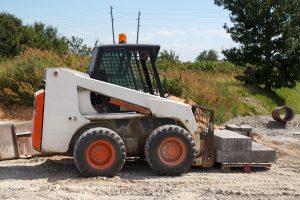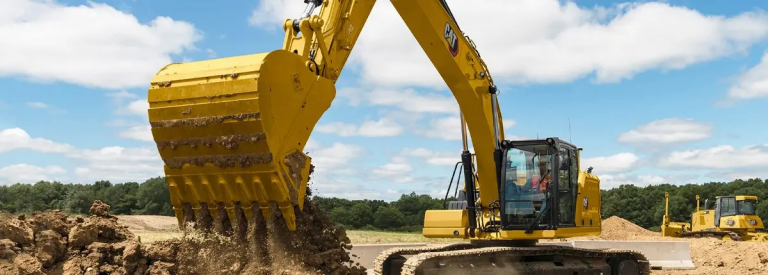How Many Types of Excavators Are There?

Excavators are undoubtedly one of the most versatile and essential pieces of equipment in the construction, mining, and infrastructure industries. From compact mini excavators to the massive behemoths used in large-scale mining operations, there exists a wide variety of excavator models and configurations.
In this post, we’ll take a closer look at the main types of excavators and the unique characteristics and applications of each.
Standard Crawler Excavators
The classic track-mounted excavator is perhaps the most well-known and widely-used type. Crawler excavators are known for their excellent stability, maneuverability, and ability to operate in soft, uneven, or sensitive terrain. They are available in a wide range of sizes, from compact 3-ton mini excavators up to massive 800-ton mining machines.
Wheeled Excavators
While tracked crawlers are the traditional excavator platform, wheeled excavators offer several advantages in certain applications. Equipped with multi-purpose tires instead of tracks, wheeled excavators are more maneuverable on paved surfaces and can travel at faster road speeds. This makes them well-suited for urban construction, infrastructure, and utility work.
Backhoe Loaders
The backhoe loader is a unique hybrid machine that combines the digging and material-handling capabilities of an excavator with the loading and lifting functions of a front-end loader. Backhoes are a popular choice for municipal, landscaping, and light construction projects where both digging and loading tasks are required.
Long Reach Excavators
For applications that demand extended reach and working envelope, long reach excavators are an indispensable tool. These machines feature an elongated boom and arm configuration that allows them to dig, demolish, or load from a distance of up to 100 feet or more. Long reach excavators excel at tasks like river dredging, slope work, and demolition.
Demolition and Scrap Handling Excavators
Specialized high-reach and ultra-high-reach excavators are designed specifically for demolition, dismantling, and scrap handling applications. Equipped with reinforced booms and arms, as well as heavy-duty attachments like shears and grapples, these excavators can safely and efficiently tackle large-scale demolition projects.
Amphibious Excavators
In environments where regular excavators can’t easily access or operate, amphibious models provide a solution. These excavators are equipped with pontoons or other buoyancy aides that allow them to traverse and work in marshes, wetlands, and other aquatic environments.
Each of these excavator types offers unique capabilities, strengths, and applications that make them well-suited for specific construction, mining, and infrastructure challenges. Understanding the differences between the various models is key to selecting the right excavator for the job at hand.
Regardless of the specific type, excavators remain an indispensable tool for earthmoving, material handling, and a wide array of other essential construction and industrial tasks. As equipment technology continues to evolve, we can expect to see even more specialized and capable excavators emerge in the years to come.


![Top 30 Construction Startups Shaking Up the Industry [2024]](https://hydraulicpulverizer.com/wp-content/uploads/2024/02/20240222101337-65d71e5172565-768x410.png)
